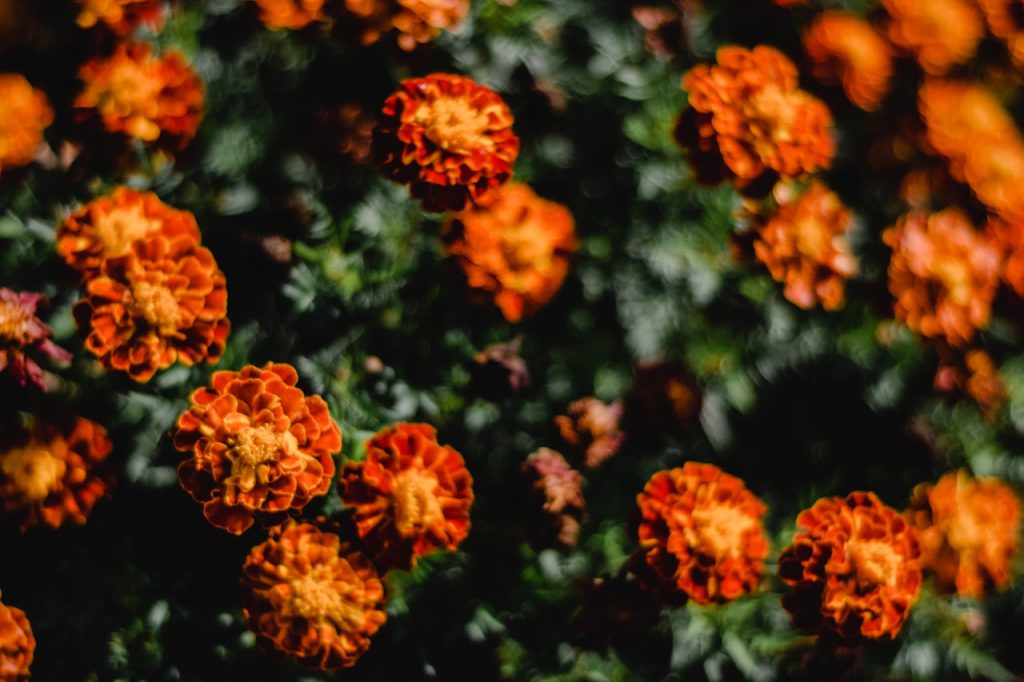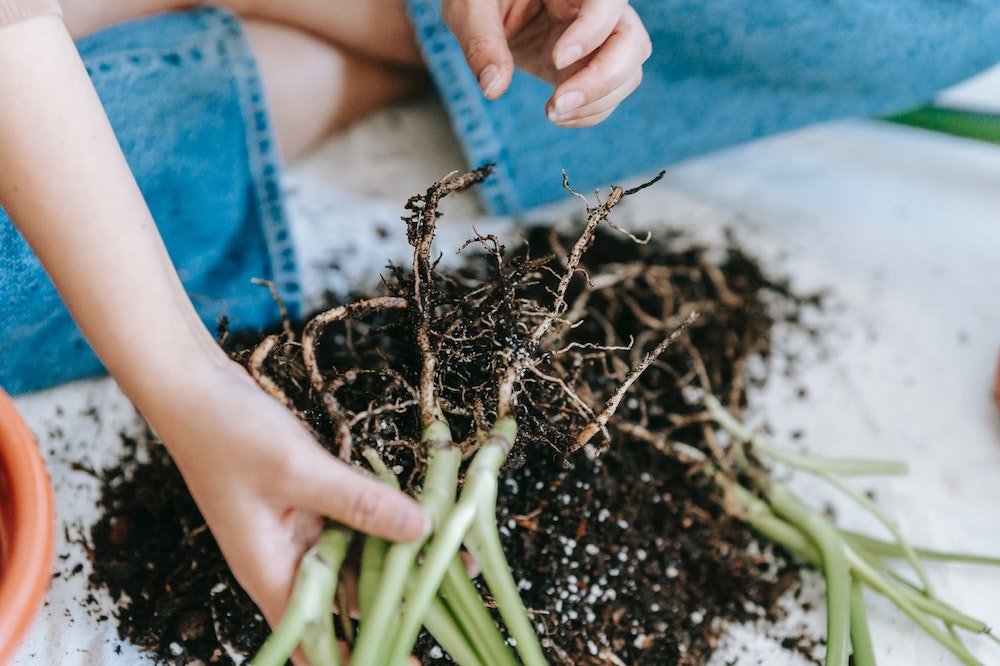If your plants look stunted and its leaves exhibit chlorosis and lack vigour, yet you’ve done everything right and you can’t figure out why, it’s time to check the roots of your plants. If the roots are knobbly and have galls, you have a case of root knot nematodes in your soil. I have experienced this on a few occasions, fortunately in my planters and not in-ground. Read on to find out how to control root knot nematodes organically.
What are they? These plant parasites are microscopic roundworms that damage plant roots and feed on its vascular system. This causes growths to form, affecting the plant’s capacity to absorb water and nutrients.
Shrubs, trees and herbaceous plants are susceptible to root knot nematodes. These include begonia, azalea, hibiscus, gloxinia, hydrangea, impatiens, cyclamen, coleus, some cacti, rose, and edible plants like tomato, capsicum, chilli, eggplant, rosella, okra, cucumber, pumpkin, melons, Malabar spinach, passionfruit, banana, pineapple, sweet potato among others.
What are your natural options? Here’s how to get rid of root knot nematodes organically, you can consider using a mix of methods to improve efficacy rates.
Grow biofumigant crops for root knot nematode control

Brassicas such as Brassica rapa (field mustard) and Brassica juncea (mustard greens) have bio-fumigation properties and are effective at root knot nematode control when grown as a cover crop, however there are some other plants, like Tagetes patula (French marigolds), Tagetes erecta (Mexican Marigold) and oats, which are highly capable too.
How it works is it releases compounds to suppress pests and pathogens in the soil. It is effective when in its early flowering stages, plants are chopped or pulped and incorporated into the soil and watered. The soil needs to remain moist for a few weeks, and isocyanate gases are released by the plants as it breaks down.

